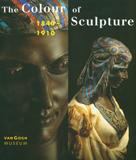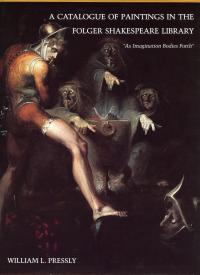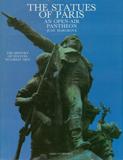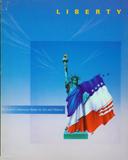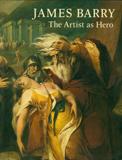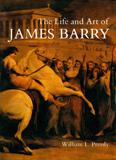This book is the first modern study of James Barry, the finest of all painters working in Britain in the "grand manner." Born in Cork, Ireland, Barry settles in London in 1771 after five years of study in France and Italy financed by Edmund Burke. He was elected to the Royal Academy in 1773 and appointed professor of painting nine years later. In 1799, however, after fiercely denouncing its policies, he became the first and only artist to be expelled from the Academy. His paintings include several that rank with the nest contemporary work, and his murals at the Royal Society of Arts form perhaps the most important cycle of history paintings in Great Britain.


